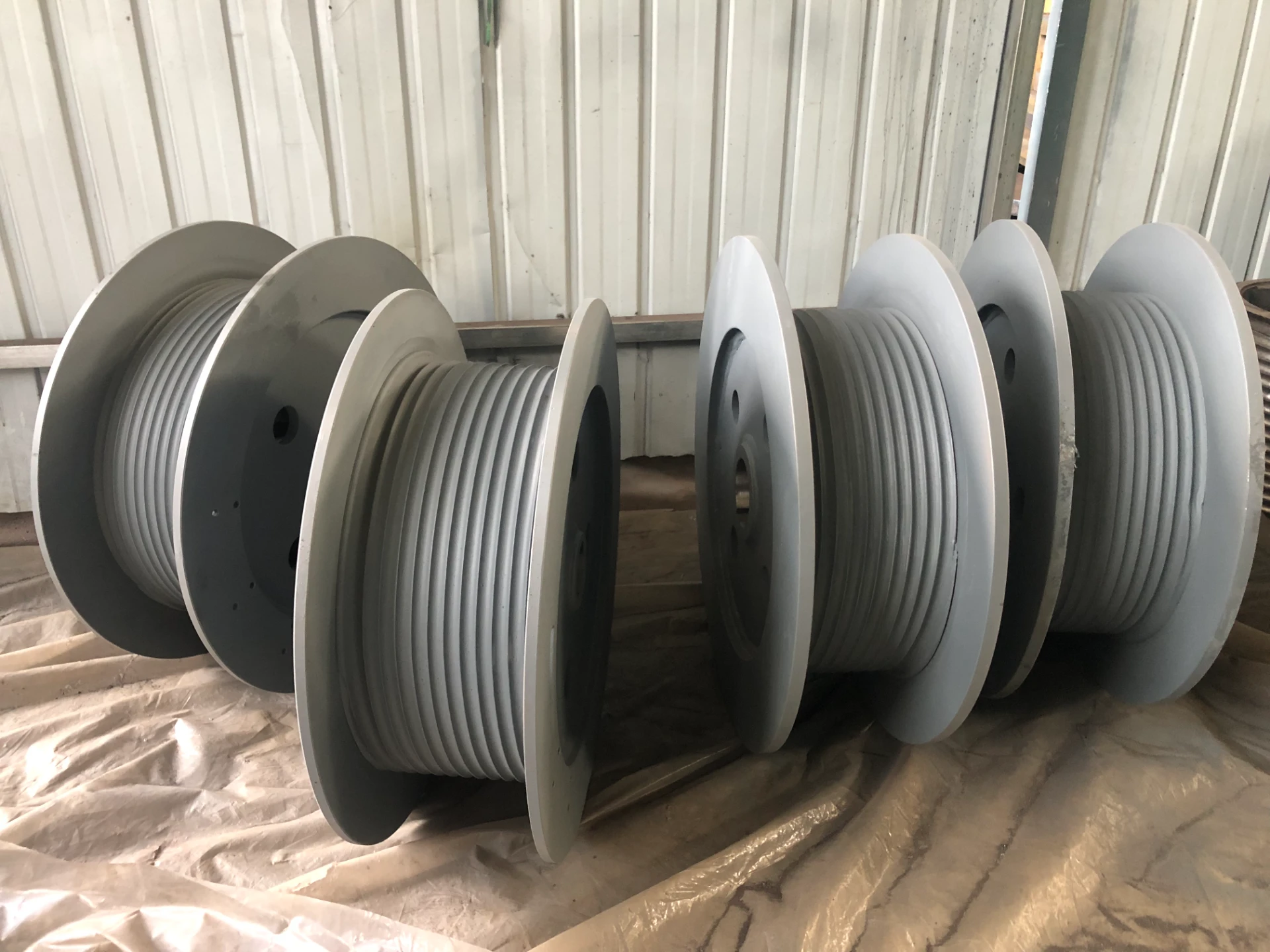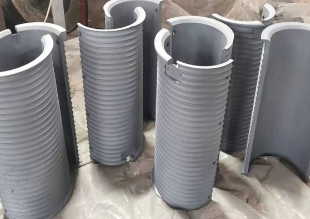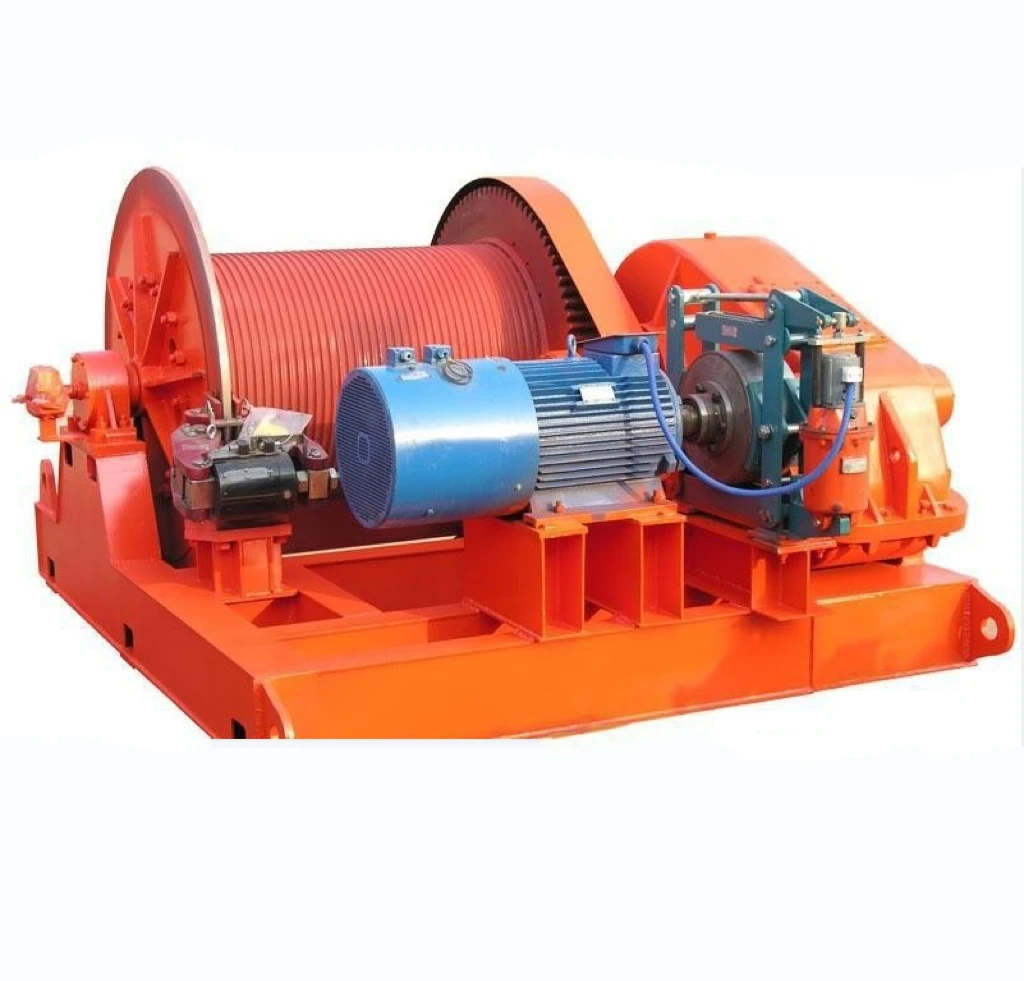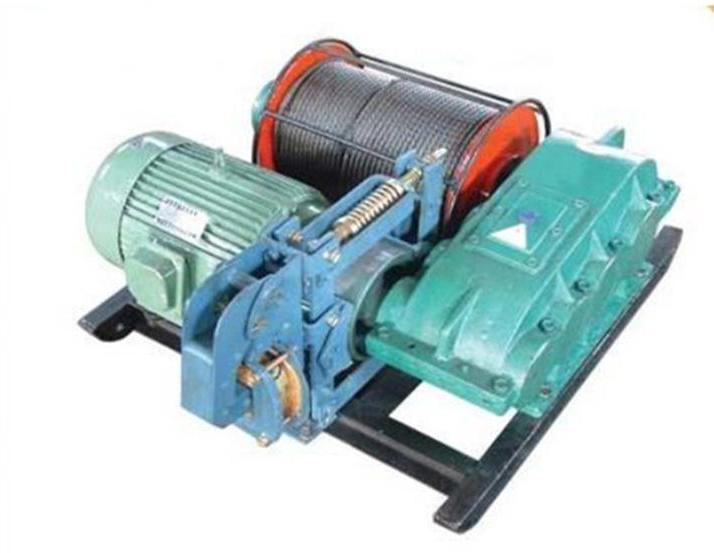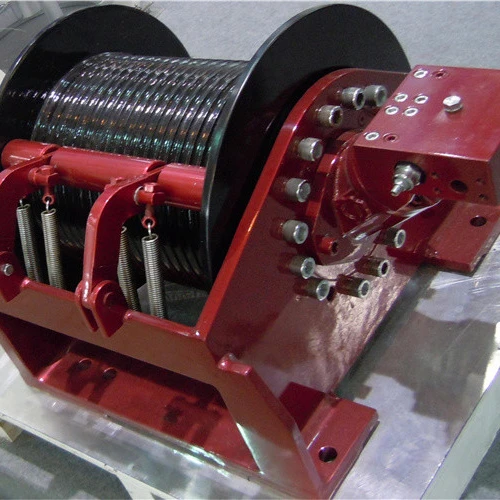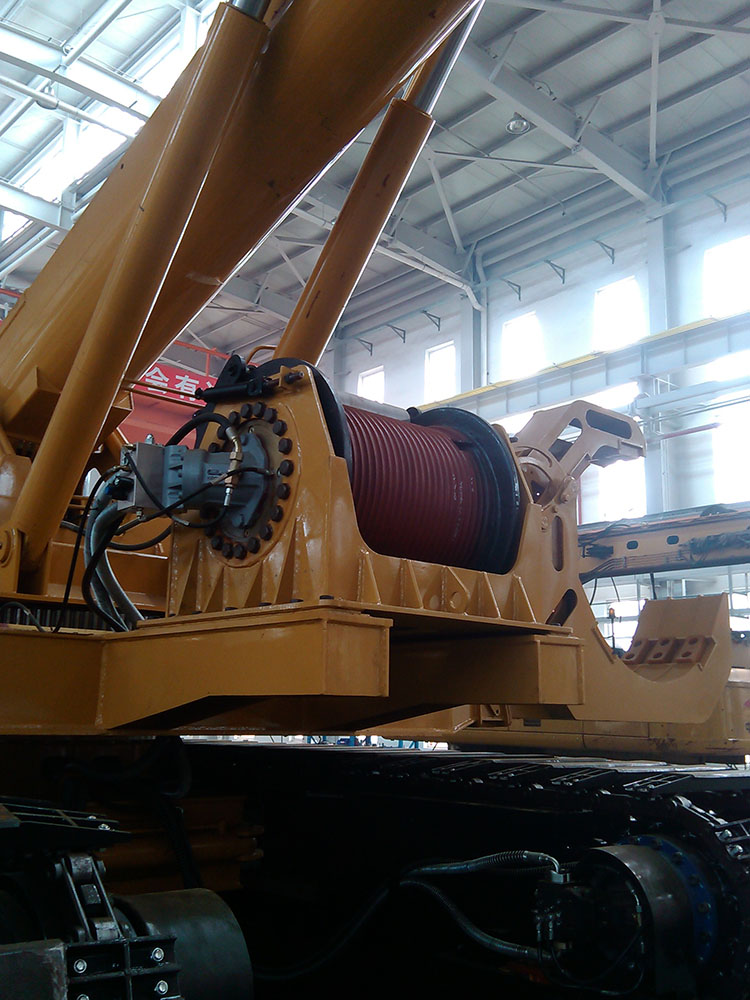Hydraulic Logging Winch Guide | Global Applications & Innovations
Understanding Hydraulic Logging Winches: Why They Matter Worldwide
If you’ve ever worked around logging sites or large industrial projects, you’ve probably come across the name “hydraulic logging winch.” But beyond sounding like a mouthful, what exactly is it, and why is it so crucial globally? At its core, a hydraulic logging winch is powerful equipment specifically designed to haul heavy loads, especially in challenging terrain — think logs, construction materials, or even rescue gear. What makes it interesting on a worldwide scale is how it supports key industries, from forestry in Canada and Scandinavia to disaster relief efforts in Southeast Asia.
Why should we care? Well, as the global demand for sustainable forestry and rapid infrastructure development grows, the tools used to maneuver heavy loads safely and efficiently become more than conveniences—they become essential. The better we understand these winches and their technology, the better we can optimize supply chains, reduce environmental impact, and improve worker safety worldwide.
The Global Relevance of Hydraulic Logging Winches
Globally, logging and heavy haulage represent multi-billion dollar industries. According to the Food and Agriculture Organization (FAO), over 4 billion cubic meters of wood are harvested annually worldwide. Much of this work depends on rugged, dependable equipment to transport logs from dense forests to processing centers. Hydraulic logging winches are one such workhorse.
Yet, there’s a challenge: traditional winching systems often fail in extreme conditions, face ecological restrictions, or lack the power and control modern logging demands. Hydraulic logging winches address these by combining hydraulic power systems — which are efficient and adaptable — with mechanically robust winches that can pull heavy, cumbersome loads safely. They reduce reliance on fossil fuel-powered engines directly, integrating better with greener machinery.
Oddly enough, these winches aren’t just for logging. They’re also key during disaster relief operations when terrain is tough and rapid deployment of aid materials is critical. I recall a 2018 UN report highlighting their use in the aftermath of cyclones in Bangladesh, where such equipment helped move critical supplies through muddy, treacherous landscapes.
What Exactly is a Hydraulic Logging Winch?
So, let’s break it down simply: a hydraulic logging winch is a mechanical device powered by a hydraulic system (fluid pressure) rather than a traditional electric motor or diesel engine. It’s mounted on trucks or stationary rigs and designed to wind cable or rope under high tension to drag or lift heavy loads — mostly logs.
Why hydraulics? Because hydraulic systems offer smoother control over speed and torque, making it easier for operators to perform delicate moves without jarring jolts or abrupt stops. That’s crucial when hauling large logs across uneven, sometimes fragile terrain. It connects industry needs with a practical solution — one that’s safer, often more durable, and usually more efficient.
Key Features and Components of Hydraulic Logging Winches
Durability & Strength
Hydraulic logging winches are typically built from high-grade steel and corrosion-resistant materials. This durability matters because logging often happens in wet or muddy environments — which, frankly, can mess up inferior equipment fast.
Hydraulic Power Unit
The heart of a hydraulic winch is its power unit. It combines a hydraulic pump, reservoir, valves, and motor — all engineered for smooth, variable force delivery. This unit is more controllable than direct-drive engines, allowing operators to finely tune pulling speed and force.
Load Capacity
Many winches have capacity ratings ranging from 5 to over 30 tons depending on design. It's the weight the winch can pull safely without strain. Picking the right capacity is crucial — too small and it risks failure, too large might be cost-inefficient.
Control Systems
Modern hydraulic logging winches often incorporate electronic or remote controls for safer operation. This means operators don’t have to be close to dangerous winching points, reducing accident risk — a big plus in today’s safety-conscious industry.
Customization & Mobility
Manufacturers usually offer tailored solutions — whether mounted on skid-steer vehicles, integrated into logging trucks, or portable skid units. This flexibility makes hydraulic winches extremely versatile.
Mini takeaway: These features make hydraulic logging winches indispensable in environments requiring dependable, strong, and highly controllable load handling.
Global Applications: Where and How Hydraulic Logging Winches Get Used
- Forestry & Logging: In Canada and Russia, hydraulic winches are the backbone of sustainable logging, enabling selective harvesting that minimizes environmental damage.
- Disaster Relief: As mentioned, NGOs use hydraulic winches to transport aid supplies over devastated landscapes after floods or earthquakes — think heavy food pallets, water tanks, or makeshift bridges.
- Construction & Mining: In Australia’s mines or remote infrastructure projects in Africa, these winches haul equipment and materials across difficult terrains where traditional vehicles can’t go.
- Environmental Projects: In reforestation efforts or wetland restorations, hydraulic winches help move seedlings, tools, and soil with low environmental impact.
One interesting note — in Scandinavian countries, a lot of these winches are paired with eco-friendly engines and GPS systems for precision harvesting, reducing waste and carbon emissions. It’s sort of symbolic of the whole industry's green shift.
Advantages and Long-Term Value
Using hydraulic logging winches offers several tangible benefits:
- Cost Efficiency: Hydraulic systems generally require less maintenance than diesel engines and offer better fuel economy.
- Safety: Remote controls, smoother power delivery, and stable chassis significantly lower workplace accidents.
- Sustainability: Ability to operate with low emissions engines harmonizes well with global climate goals.
- Reliability: Proven to work consistently under tough conditions, from frozen boreal forests to tropical jungles.
- Social Impact: With safer and more efficient equipment, communities dependent on logging or construction gain both steady jobs and reduced health risks.
In short, investing in hydraulic logging winches isn’t just buying a tool — it’s enhancing safety, sustainability, and long-term productivity.
Future Trends & Innovations on the Horizon
Hydraulic logging winches are evolving with the times. For example:
- Green Energy Integration: More units are being designed to operate with hybrid hydraulic-electric systems, lowering fuel consumption and emissions.
- Digital Controls & IoT: Remote monitoring, real-time load analytics, and automated braking systems are becoming common.
- New Materials: Lightweight composites and alloys improve portability without sacrificing strength.
- Automation: Semi-autonomous winches that adjust force and speed based on terrain sensors could soon be a reality, reducing operator fatigue.
Basically, the next decade might make these winches feel almost computerized — but with the rugged soul still intact.
Challenges and How Industry Tackles Them
It’s not all smooth sailing, though. Challenges include:
- Hydraulic System Leaks: Environmental contamination risks if leaks occur — manufacturers are addressing this with improved seals and eco-hydraulic fluids.
- Complexity and Training Needs: Operators must be trained to handle hydraulic systems safely — something many companies now do through simulations and on-the-job coaching.
- Cost Barriers: Higher initial investment can deter smaller operators; however, long-term savings often outweigh early costs.
Innovations are focused on making systems more foolproof, affordable, and environmentally friendly — a delicate balance but clearly underway.
Hydraulic Logging Winch – FAQ
- How does a hydraulic logging winch improve worker safety compared to older models?
- Hydraulic winches provide smoother, controlled power delivery and often feature remote operation. This minimizes abrupt movements and allows operators to steer clear of danger zones, reducing injury risk significantly.
- What is the typical load capacity of these winches?
- Load capacities vary widely, commonly between 5 and 30 tons. The correct choice depends on specific hauling needs, such as the size and weight of logs or equipment.
- Can hydraulic logging winches be integrated with eco-friendly engines?
- Absolutely. Many modern hydraulic winches pair with hybrid or electric power sources, helping reduce emissions and meet stringent environmental standards.
- Are hydraulic logging winches suitable for use in disaster relief?
- Yes, thanks to their adaptability and power, they’re especially useful in moving heavy supplies quickly over difficult terrain inaccessible to conventional vehicles.
Product Specification Table
| Specification | Typical Value | Remarks |
|---|---|---|
| Load Capacity | 5–30 Tons | Depends on model and application |
| Power Source | Hydraulic Pump (Diesel/Electric driven) | Variable system types |
| Cable Length | 100–300 meters | Customizable |
| Control | Manual/Remote | Electronic options increasingly popular |
| Weight | 500–1500 kg | Varies widely by design |
Vendor Comparison: Leading Hydraulic Logging Winch Suppliers
| Vendor | Product Range | Innovations | Global Reach | Typical Pricing |
|---|---|---|---|---|
| WinchPro | 5-25 ton, remote control models | Hybrid power units, IoT-enabled | NA, Europe, Asia | $12,000 - $30,000 |
| EcoHaul Systems | 10-30 ton, eco hybrid models | Low-leak hydraulic tech | Europe, North America | $18,000 - $40,000 |
| ForestLift | 5-20 ton, skid-mount units | Compact design, smart sensors | Asia, Africa | $10,000 - $25,000 |
Wrapping It Up
Hydraulic logging winches aren’t just industrial gadgets — they’re quiet enablers of global forestry, construction, and emergency relief efforts. Their power, precision, and adaptability make them invaluable, not only boosting safety but supporting sustainable development goals worldwide.
If you want to dive deeper or source cutting-edge hydraulic logging winches, checking out product specs, vendor options, and future tech trends is a great place to start. These winches continue evolving, shaping how heavy loads get moved efficiently and responsibly.
References
-
Double Drum Hydraulic Winch – Durable, Efficient Load Handling SolutionsNewsNov.25,2025
-
Hydraulic Drum Winches: Powering Heavy Lifting with Precision and DurabilityNewsNov.24,2025
-
Hydraulic Driven Winch – Reliable Heavy Lifting Solutions for Industry & ReliefNewsNov.24,2025
-
Hydraulic Crane Winch – Powerful & Precise Heavy Lifting Solutions | LBS WinchNewsNov.23,2025
-
Electric Over Hydraulic Winch: Efficient, Durable Lifting Solutions for Modern IndustryNewsNov.23,2025


